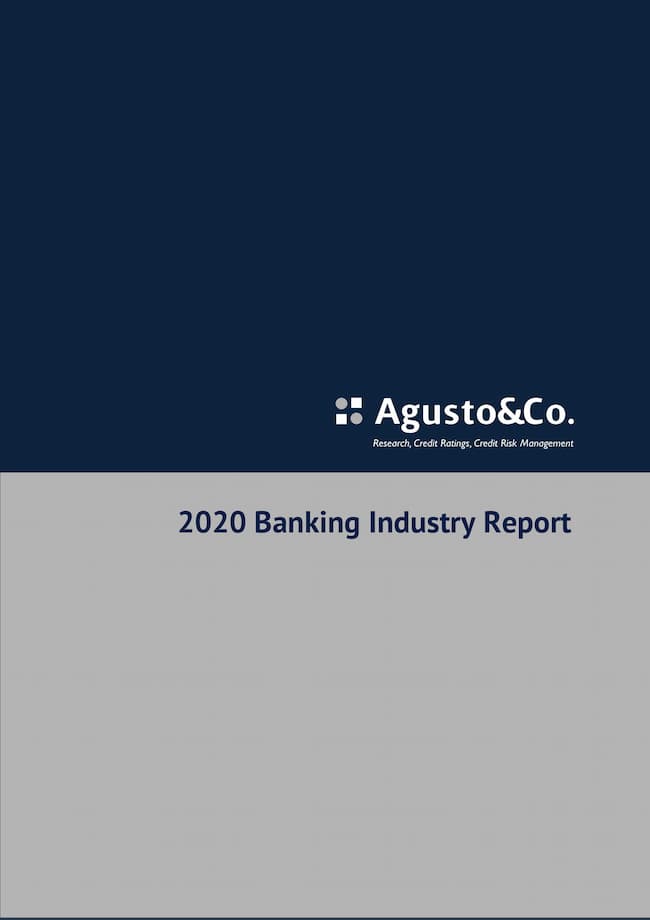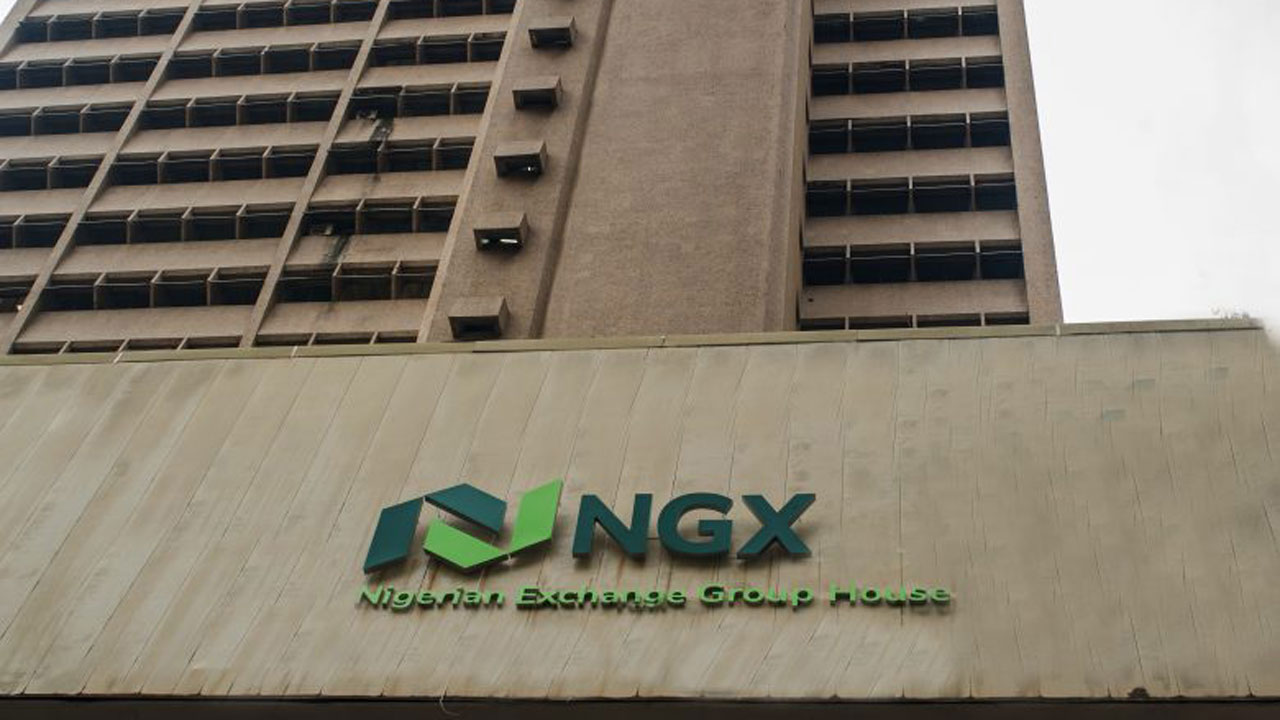Agusto & Co. Limited, Nigeria’s foremost research house and rating institution recently released its flagship 2021 Banking Industry Report, which is the most current and comprehensive report on the banking industry in Nigeria based on the review of the financial statements of twenty commercial banks and five merchant banks.
The report reviewed the Industry structure, financial condition, the regulatory environment in addition to the macroeconomic environment and its impact on the Nigerian Banking Industry.
According to the report, the COVID-19 pandemic brought about an extraordinary test for the global community. Although the global COVID mortality rate stands low at about 2.2%, casualties increased from less than 3,000 in December 2019 to about 3.9 million as of 30 June 2021.
Nigeria’s mortality rate stood comparably lower at about 1% as at the same date. However, the local economy had its fair share of pandemic-related adversities. However, leveraging lessons from the 2016/2017 economic recession, the Nigerian banking industry was better prepared in 2020.
READ ALSO: NARD Stalls Signing New MoU With FG, Says Need To Consult With Members
Proactive measures in the form of forbearance granted by the Central Bank of Nigeria CBN), enabled banks to provide temporary and time-limited restructuring of facilities granted to households and businesses severely affected by COVID-19.
There was generally a cautious approach to lending in the Industry, given difficulties in the operating environment. Although gross loans and advances grew by 12%, loan growth was negative when the 19.3% naira devaluation is considered. Underpinned by the forbearance and proactive measures adopted by banks, the NPL ratio improved to 6.6% (FYE 2019: 7.6%).
The reliability of business continuity measures was tested in 2020, considering the movement restrictions that lasted for months. Most banks showed resilience through innovative measures including remote work arrangements and upgrade of network infrastructure to accommodate higher traffic on digital channels.
These arrangements also provided support during the mandatory curfew elicited by the civic unrest that followed the #EndSARS protests in October 2020. Indeed, the pandemic brought to the fore, technology’s crucial role in deepening financial services as some banks recorded as much as a 50% increase in digital banking transaction volumes.
However, these gains were limited by the CBN-induced reduction in bank charges, which took effect in January 2020. As a result, electronic banking income declined by 27.3%, accounting for a lower 13.2% (FY 2019: 21.1%) of non-interest income.
The CBN’s policies targeted at lowering interest rates have persisted especially given the dire need to stimulate the economy following adversities created by the pandemic. However, given the need to moderate inflation amidst efforts to maintain a stable exchange rate, the cash reserve requirement (CRR) was increased and standardised to 27.5% for both merchant and commercial banks.
The standardised CRR was implemented alongside discretionary deductions. As of FYE 2020, the Industry’s restricted cash reserves exceeded ₦9.5 trillion and translated to an effective CRR of 37%. It is noteworthy that Nigeria has the highest reserve requirement in sub-Saharan Africa. South Africa, Kenya and Ghana all have CRR’s of below 10%.
We believe the elevated CRR level moderated the Industry’s performance and liquidity position during the year under review. Assuming the sterile CRR was invested in treasury securities at 5%, ₦482 billion would have been added to the Industry’s profit before taxation. This would have increased the Industry’s return on average equity (ROE) by 11% to 31.6% in the financial year ended 31 December 2020.
Table 3: Impact of Restricted Funds (CRR) on the Banking Industry’s Profitability in FY 2020
| Cash Reserve Requirement | Estimated interest income forgone assuming 5% return | |
| Zenith Bank Plc | 1,370,619,000 | 68,530,950 |
| Access Bank Plc | 1,275,279,265 | 63,763,963 |
| First Bank of Nigeria Ltd | 1,230,974,871 | 61,548,744 |
| United Bank for Africa Plc | 1,072,094,000 | 53,604,700 |
| Guaranty Trust Bank Plc | 1,008,748,051 | 50,437,403 |
| Fidelity Bank Plc | 540,129,000 | 27,006,450 |
| Ecobank Nigeria Plc | 406,043,000 | 20,302,150 |
| Standard Chartered Bank Nigeria Ltd | 362,542,981 | 18,127,149 |
| Union Bank of Nigeria Plc | 356,452,000 | 17,822,600 |
| Stanbic IBTC Bank Ltd | 368,357,000 | 18,417,850 |
| First City Monument Bank Plc | 311,746,155 | 15,587,308 |
| Wema Bank Plc | 246,974,959 | 12,348,748 |
| Sterling Bank Plc | 228,791,000 | 11,439,550 |
| Citibank Nigeria Ltd | 209,236,306 | 10,461,815 |
| Polaris Bank Plc | 204,832,000 | 10,241,600 |
| Unity Bank Plc | 91,130,360 | 4,556,518 |
| Providus Bank Plc | 89,567,141 | 4,478,357 |
| Coronation Merchant Bank Ltd | 72,327,019 | 3,616,351 |
| FBN Merchant Bank Ltd | 39,370,061 | 1,968,503 |
| Nova Merchant Bank Ltd | 35,170,012 | 1,758,501 |
| FSDH Merchant Bank Plc | 27,061,559 | 1,353,078 |
| Globus Bank Ltd | 25,999,790 | 1,299,990 |
| Rand Merchant Bank Ltd | 22,899,811 | 1,144,991 |
| Jaiz Bank Ltd | 22,590,165 | 1,129,508 |
| Titan Trust Bank Ltd | 22,521,705 | 1,126,085 |
| 9,641,457,211 | 482,072,860 |














